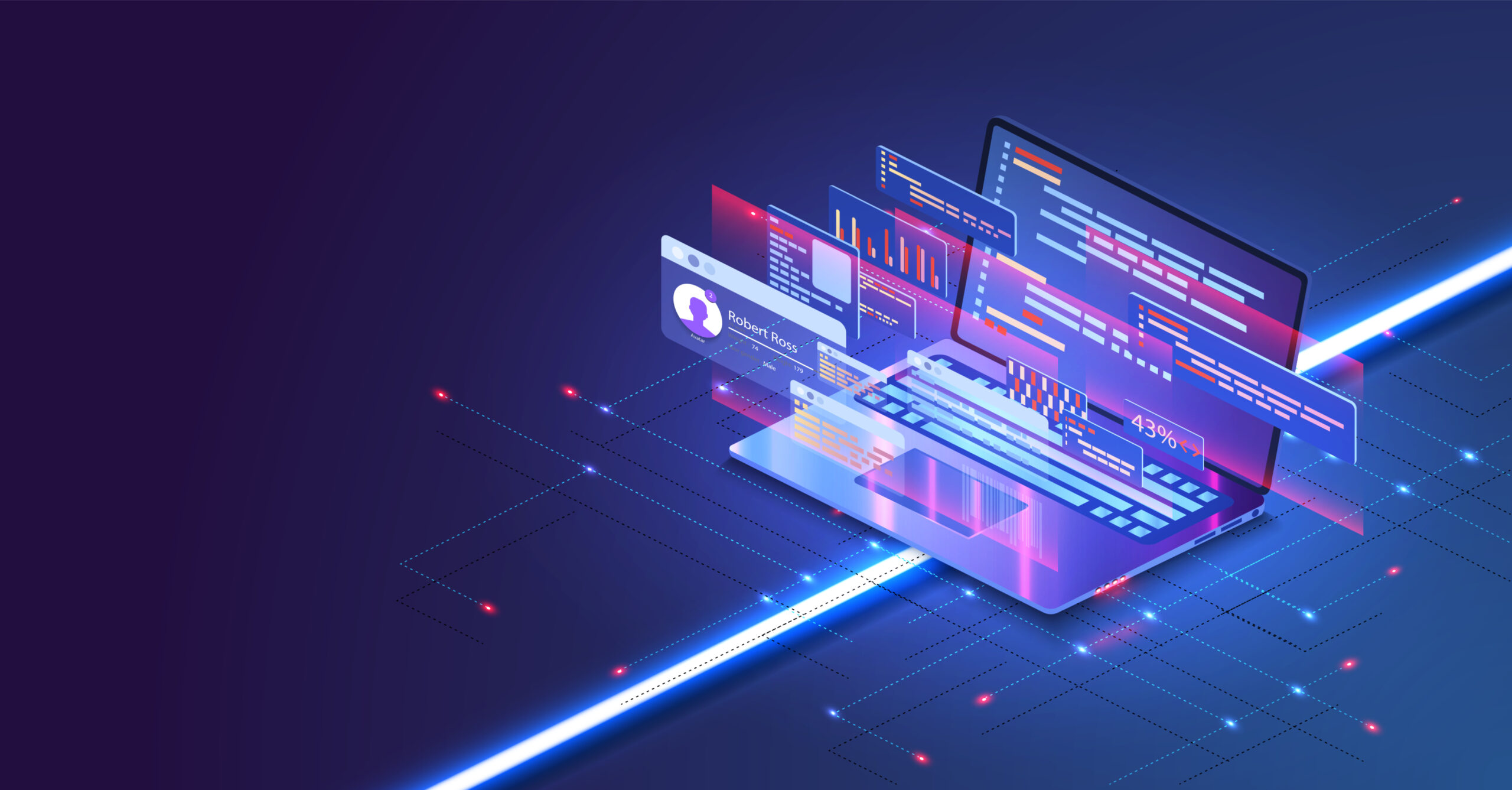Technologies
Who Creates the Blockchain Rules?
20 Jun 2022

A burgeoning market suggests that blockchain’s core innovations and the cryptography and software that enables them are here to stay. With top-class decentralization and automation, crypto-assets also allow new ways to transfer and create value.
Users make decisions about blockchains because there is no central governing body. And early adopters who use a new DeFi service can buy or earn tokens, which gives them a chance to maintain, upgrade and manage processes with blockchain.
Let us look at how some game rules are made in this complexity.
Every blockchain has two components. There’s the code and the decision-making process for everything that the code isn’t covering, such as code updates. This second section, dubbed governance, varies significantly between projects. One example of cryptocurrencies: Bitcoin’s governance model is quite extreme, where an anonymous creator published his work and then vanished. Since then, no one owns the project, and all code changes must be approved by consensus. Extremely time-consuming and conservative. But it’s also entirely consistent with being distributed and decentralized.
The majority of other cryptocurrencies have a governing body that makes code-change decisions. This governing body may control some or all nodes that verify transactions and own a significant portion of the currency.
The governance of many blockchain projects is undervalued. The code itself could be outsourced, which usually happens. But a protocol for participant entry and exit, new functionality addition, and rights assignment must be in place.
Trusted intermediaries, such as bank presidents or mortgage brokers, set up rules and protocols to protect the consumer and the institution in the financial system. In a blockchain-based, decentralized financial system, rules are frequently made using on-chain governance.
First, think about decentralization. Blockchain is a peer-to-peer transaction recording and management system that is decentralized by its nature. Blockchains, designed for transparency, accuracy, and autonomy, do away with the need for fee-taking intermediaries or third parties because the verification is built into the software. Users do not have to pay fees or deal with gatekeepers, nor do they have to ask permission to use public infrastructure.
We’re entering a new era in which more and more is accomplished with fewer resources. Technology, which is at the heart of the economy, is one of the reasons this is possible. The world is increasingly becoming automated, but who writes the blockchain rules? And as long as this trend continues, we’ll need mechanisms to manage the human-machine divide. On-chain governance systems and governance tokens appear to be promising in DeFi. Crypto is still in its formative years.
But governance token is the only crypto asset that explicitly grants its owner rights. Governance tokens will likely become more critical as crypto investing becomes more sophisticated, as they come with the right to help shape the future of cryptocurrencies.
In comparison to off-chain governance, the rules on the blockchain are primarily structured in terms of on-chain governance, which is more democratic and formal. It gives every blockchain participant (crypto asset, token holder, etc.) a say in shaping the blockchain ecosystem. It’s also a chance to stake and have a voice – to vote. And as we’ve seen throughout history, the right to vote is a powerful tool.


